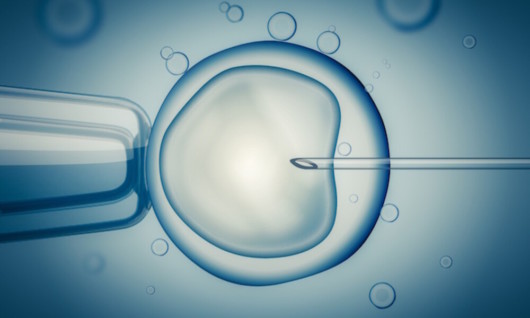In vitro fertilization (IVF) is a sophisticated set of treatments used to aid in the creation of a baby, to assist with fertility, and to minimize genetic abnormalities. In IVF, developed eggs are extracted from the ovaries and then, subsequently fertilized in a laboratory with sperm.
The embryo is then transported to the womb for further development. This procedure takes roughly three weeks to complete. When these processes are broken down into various parts, the procedure can take even longer.
The great thing about an IVF is that the egg and sperm of the couple can be used in the procedure. As an alternative, the sperm, embryo, or egg of a donor may be used as well, if necessary. A donor who has an implanted embryo in their uterus, may be employed in some instances.

Several factors, like the origin of infertility and your age, influence your odds of having a healthy baby with IVF. Furthermore, this procedure can be costly, intrusive, and lengthy. In vitro fertilization can lead to pregnancy with multiple fetuses. This is the case if several embryos are implanted in the uterus.
Why Is IVF Performed?
In vitro fertilization is a method of treating fertility issues and genetic disorders. IVF can be replaced with intrauterine insemination or fertility drugs to boost egg production.
Infertility in females older than 40 is sometimes corrected using IVF as a main treatment. If you have specific medical issues, IVF may be an option. In fact, it may be a feasible alternative if you or your partner has:
- Infertility problems as a result of malignancy or other illnesses. For instance, if you’re going to begin cancer treatment that could impact your fertility, IVF may be a possibility. Women’s eggs can be retrieved from their ovaries and preserved unfertilized for future use. Alternatively, the eggs can also be fertilized by the sperm and saved as embryos for use in the future.
- A nonfunctional uterus or for those whom birthing a child poses a major health risk may opt for IVF and have the baby carried by someone else. The egg is still fertilized by the sperm of the couple in this situation. However, the resultant embryos are implanted in the uterus of the gestational carrier.
- If you or your partner is concerned about transmitting a genetic condition to your baby, you are likely a candidate for the IVF process. After the eggs have been retrieved and fertilized, the eggs are checked for genetic abnormalities, although not all of them may be detected. Embryos that do not have any known abnormalities can be implanted in the uterus.
- Infertility that has no known cause. Inexplicable infertility refers to a situation in which no reason for infertility has been identified after a thorough examination for typical reasons.
- Sperm concentrations that are less than average, sperm motility that is inadequate, or defects in sperm shape and size can all make it tough for the egg to be fertilized. If defects in the sperm are discovered, a consultation with an infertility specialist may be required. This will help to determine whether there are repairable issues or deeper medical issues.
- Fibroids are uterine tumors that are benign. Females in their early 30s and/or 40s are more likely to have them. Fibroids can prevent the fertilized egg from implanting.
- Endometriosis is a condition in which tissue that is comparable to the uterine lining implants and develops outside of the womb. This causes problems with the fallopian tubes, uterus, and ovaries.
- Ovulation problems are very common. When ovulation is irregular or non-existent, there are less than normal eggs accessible for fertilization.
- Damaged or blocked fallopian tubes make it challenging for fertilization to occur or for an embryo to reach the womb.
How Much does an IVF Procedure Cost?
One cycle of in vitro fertilization costs around $12,000 on average. In some cases, it might cost more or less, depending on your location. Very rarely is it cheaper than $10,000.
The cost of prescribed drugs, which can range from $1,500 to $3,000 per cycle, is not included in these figures. Those who cannot afford the operation can take advantage of financing options.



